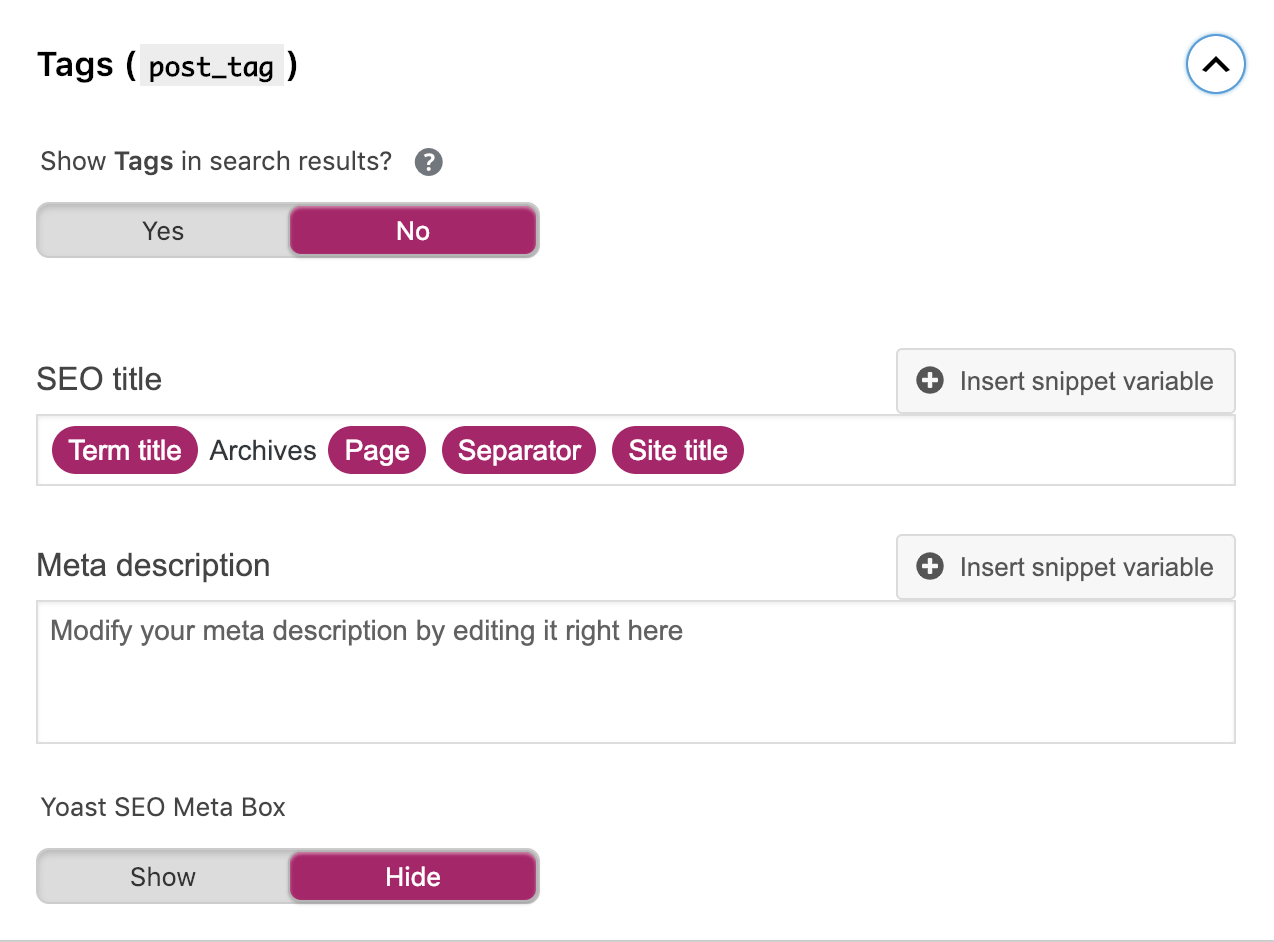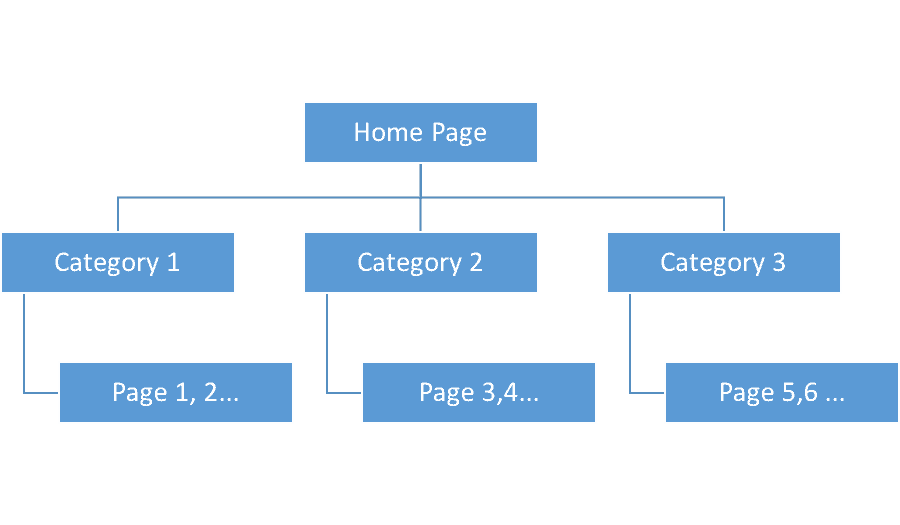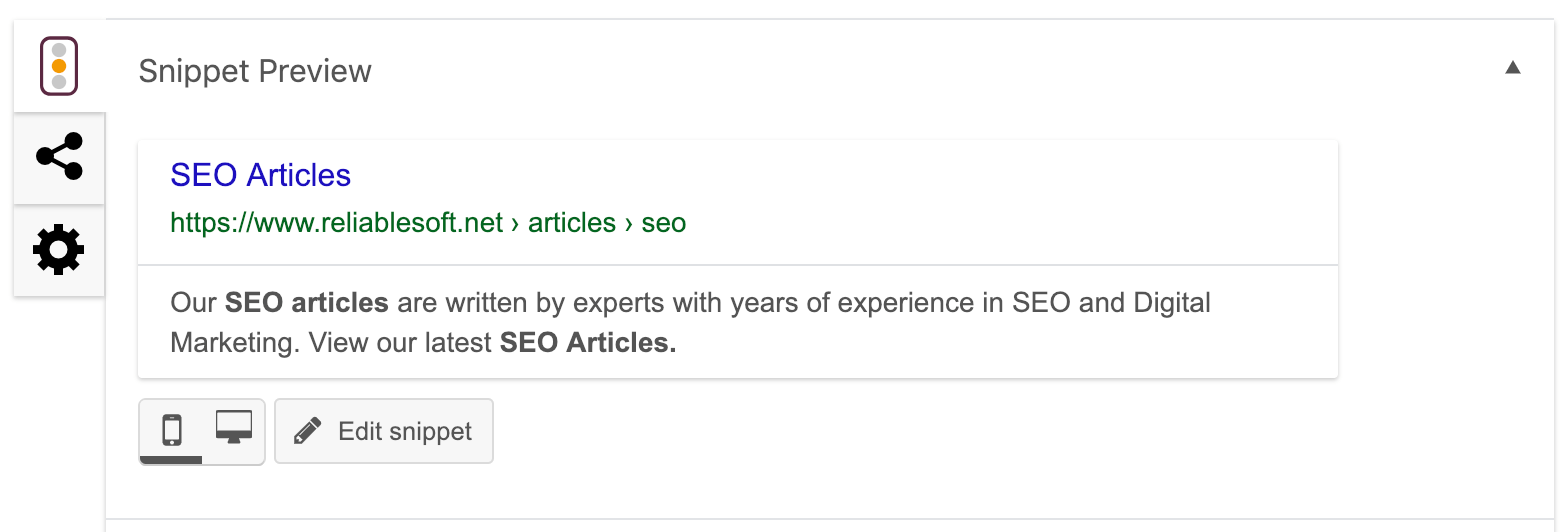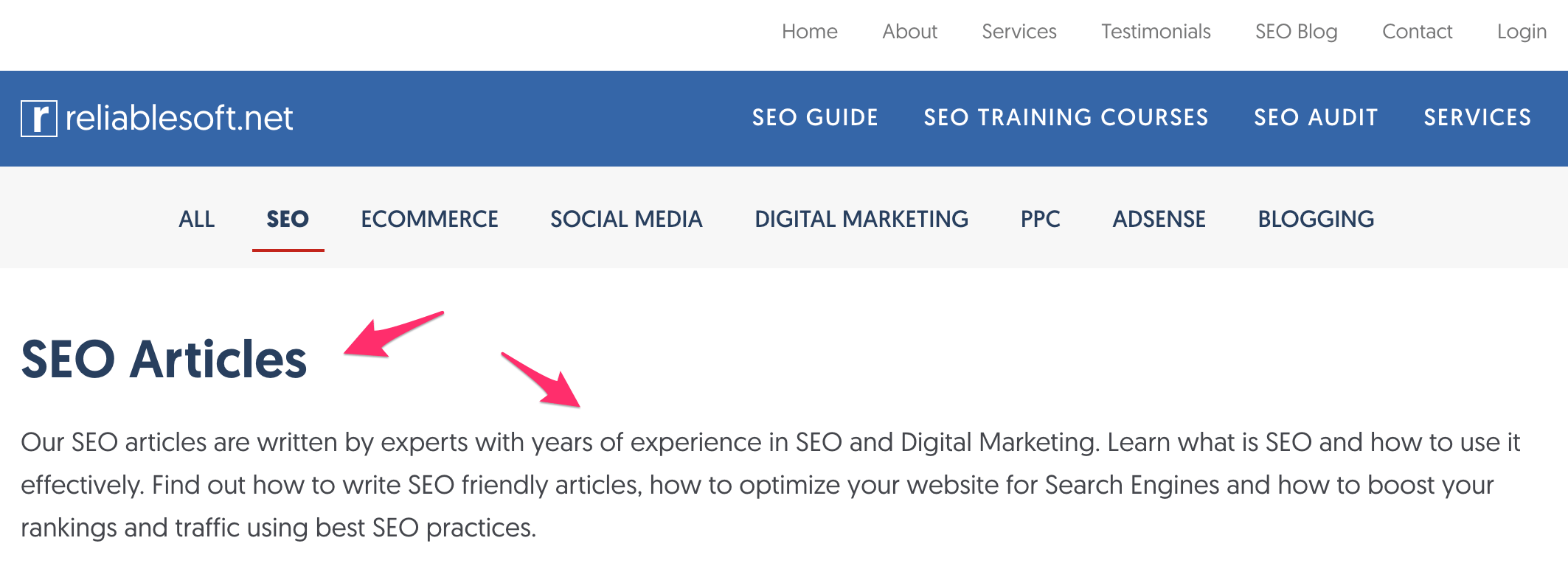One of the most confusing areas of WordPress SEO is optimizing your category and tag pages. Many people are not aware of their role and how they can negatively impact their SEO efforts.
In this post, you will learn the difference between a category and a tag page and how to optimize them for SEO.
What Are Tag Pages In WordPress?
When you add a tag in the tags section of a post, WordPress creates a page for each tag. The URL of a tag page is https://www.yourdomain.com/tag/tag-name.
- A tag page is similar to a category page since it allows you to group posts.
- Tag pages usually share the same template as archive pages (categories).
- Tag pages are not shown in the menu unless you specifically add them
- Tag pages have the same problems (lack of unique content) as category pages.
When you go to the TAGS page on WordPress and EDIT a page, you can do several SEO fixes to make your tag pages unique and interesting.
In most cases, tag pages are only used to aid the user navigation and serve no other purpose.
Tag pages may have the same titles as category pages or even posts, which is bad for SEO.
I have seen many cases on clients' websites where tag pages are shown in the SERPS (instead of the main pages), and this is not good for the user experience or for a company's presentation in the search results.
Best SEO Practices For Tag Pages
The best practice is to ‘noindex’ and ‘nofollow’ tag pages. By doing so, Google (and other search engines) will not consider these pages when indexing your website. This will save you a lot of time and optimize your website.
In addition to adding the noindex and no-follow directives in tag pages, you should exclude them from your XML sitemap.
If you don’t want to stop Google from indexing your tag pages because they are important for your website, you should use them carefully and avoid having too many tags as links on each page.
How to noindex and nofollow tag pages
This depends on what theme/plugins you are using.
If you are using Yoast SEO plugin, you should go to SEARCH APPEARANCE and then TAXONOMIES.
Locate the tags section and make sure that show tags in search results is set to NO.

What Is a Category Page?
A category page allows you to group different posts. It’s like your main blog page but only displays posts from a particular category.
When you create a post, you can add it to one or more categories. Pages don’t have this option by default.
A properly optimized WordPress theme will show a post's category in the breadcrumb, as in the example below.

Category pages may share the same template as your posts and the same sidebar or widgets. This depends on the theme you are using, but in most cases, a post page and a category page have similar layouts.
Usually, a category page (also known as an Archive page) shows the title, image, and introduction of a post and has paging at the bottom to help users navigate through the archives.
When thinking about your blog structure and navigation, it is a common practice to group your posts into categories and show these on your main menu. A typical website has the following structure:

Category Page SEO
From an SEO perspective, category pages have several issues, duplicate content being one of them. A category page that shows excerpts of several posts has no unique content since all the content is already available in the individual post pages.
This is also true for ecommerce websites where a category page will show a list of products that make up the category without having unique content.
Category pages are difficult to rank high in the search results
Because of the above problem, Google is more likely to rank a page (or post) from your website instead of a category page.
Search for any keyword on Google and see that category pages are rarely shown in the SERPS.
The only cases in which Google may show a category page are when a website has many related pages and its SEO structure helps Google choose the category page over a post page.
When are category pages useful for SEO?
In blogs or corporate websites, category pages are mainly used to help users navigate a website and find what they are looking for faster and easier. SEO wise, they don’t serve any purpose.
If you have an e-commerce, services, or travel website, category pages can serve as landing pages and are also crucial for SEO.
Let me explain this with an example:
Assume you have a travel website showcasing villas for rent in different parts of Italy.
You have category pages for your main locations, such as ‘Villas in Sicily’, ‘Villas in Sardinia’, etc., and individual pages for each villa, such as ‘Villa Talia—Large Villa for Rent in Sicily’, etc.
When users search Google for ‘Villas in Sicily,’ you want them to land on your category page, where they can view all available villas in that particular location and not just one property.
If you have experience with such scenarios, you know that Google might choose not to show the category page because they find the individual pages to have more valuable and unique content.
How do you solve this problem?
You can do many things to help Google rank the category page in their results.
Your category pages must have unique titles and descriptions.
When you edit a category in WordPress, you can configure the titles and descriptions.

The same rules apply to posts or pages when choosing your title and description.
Your category pages need to have unique content
Next, to solve the problem of not having unique content on the category pages, you need to add a few paragraphs of text to the ‘Description’ field.
This is generally shown at the top of the page. I say normally since the actual position depends on how your theme is configured to display the category descriptions.
If everything is configured correctly, your category pages will have a unique title, H1 heading and a helpful description.

Set Canonical URLs for multipage categories
Before proceeding to the next step, if you have paging enabled for your category pages (or if it shows options like ‘next post’ or ‘previous post’ at the bottom of the page), ensure all subsequent pages have canonical URLS pointing to the first page.
Regarding on-page SEO, these are all the settings you need to make to your category pages.
Advanced SEO for Category pages
The problem with Google picking a single page instead of a category page remains, even after you optimized your category titles and descriptions.
So, you need to go one step further and perform the following checks/changes:
Ensure that your website has breadcrumbs enabled and that the links in the breadcrumb menu are clickable and have the proper schema.
In our example above, the breadcrumb when viewing a villa page should look like this:
Home > Villas in Sicily > Villa Talia
‘Villas in Sicily’ should link to the category page.
Next, you need to add internal links in the individual pages pointing to the category page using the proper anchor text.
For example, you can edit the description in Villa Talia and add a link to help users navigate back to ‘Villas in Sicily’.
These internal links will help Google understand that your category pages are important and will also help users navigate your website better.
Lastly, check that you don’t confuse Google by including the titles of the category pages in the titles of the individual pages.
For example, don’t have this as a title for a villa: ‘Villas in Sicily – Villa Talia for Rent’.
In the titles of the individual pages, you should provide details about their unique characteristics and page content, not about their category.
The above concepts can be applied to any ecommerce website or blogs. It is an advanced SEO technique for optimizing your category and archive pages better.
Conclusion
Category and tag pages are available by default on all WordPress websites. Many people ignore them, but as explained above, this can negatively affect their SEO efforts.
Before making any changes to your category pages, consider your website structure and navigation.
If the sole purpose of the category pages is to aid navigation, but they are not pages you expect (or want) to see in the SERPS, then consider removing them from your sitemap and also ‘noindex’ them.
If category pages are essential for your SEO, like the example of a travel website, then optimize them and ensure that you send the right signals to Google from the rest of the pages.
Keep tag pages in the index only when you really need them. Since Google is unlikely to rank a tag page high in its results, the best practice is to de-index them.



